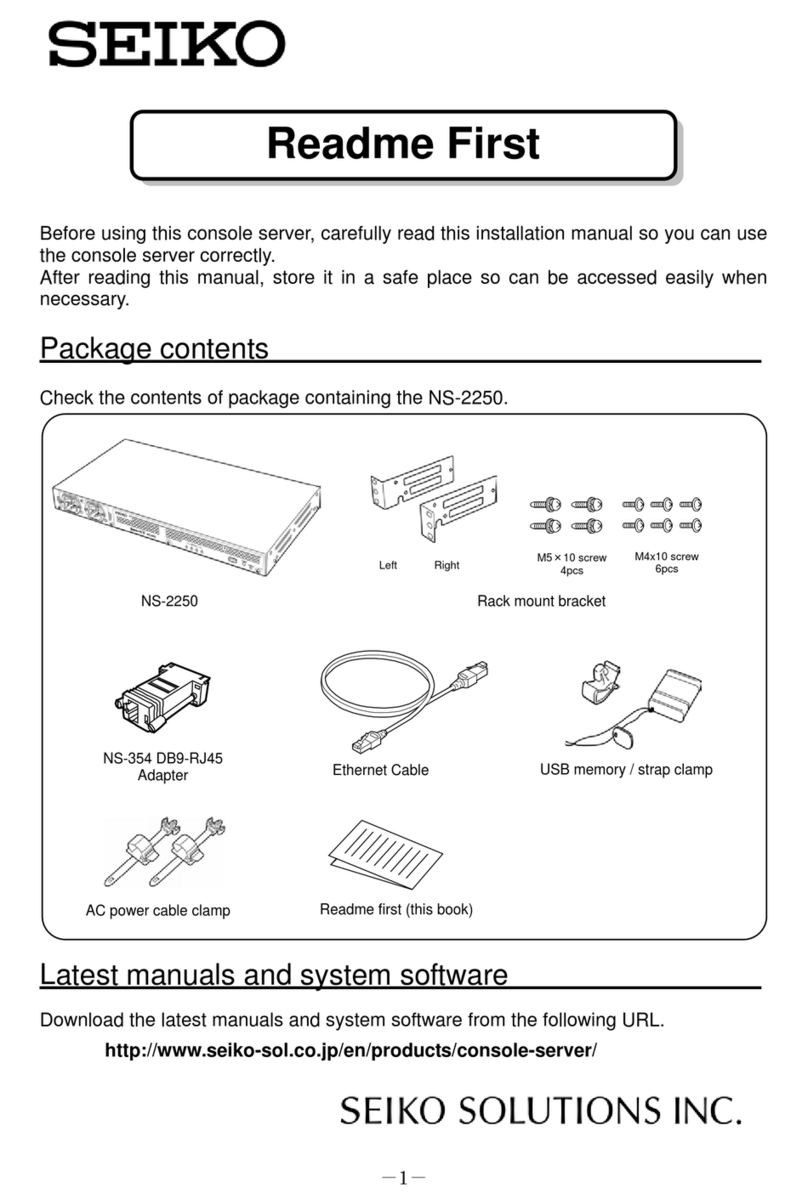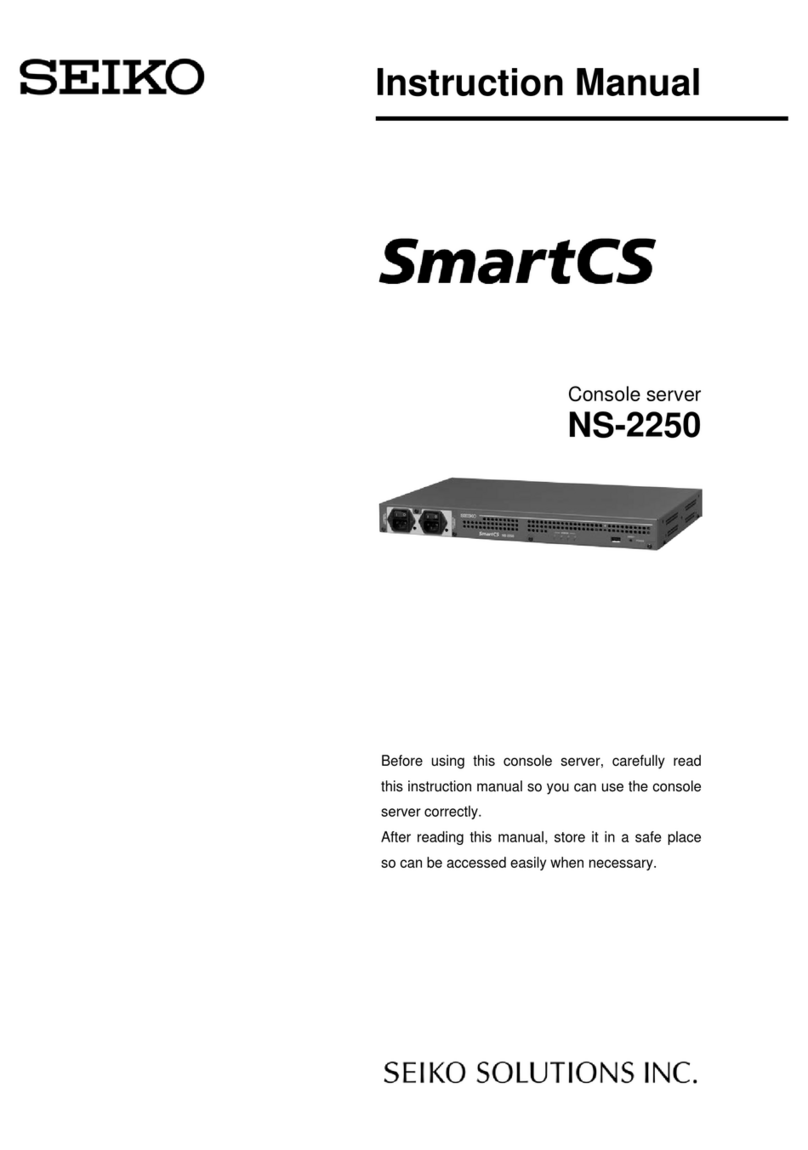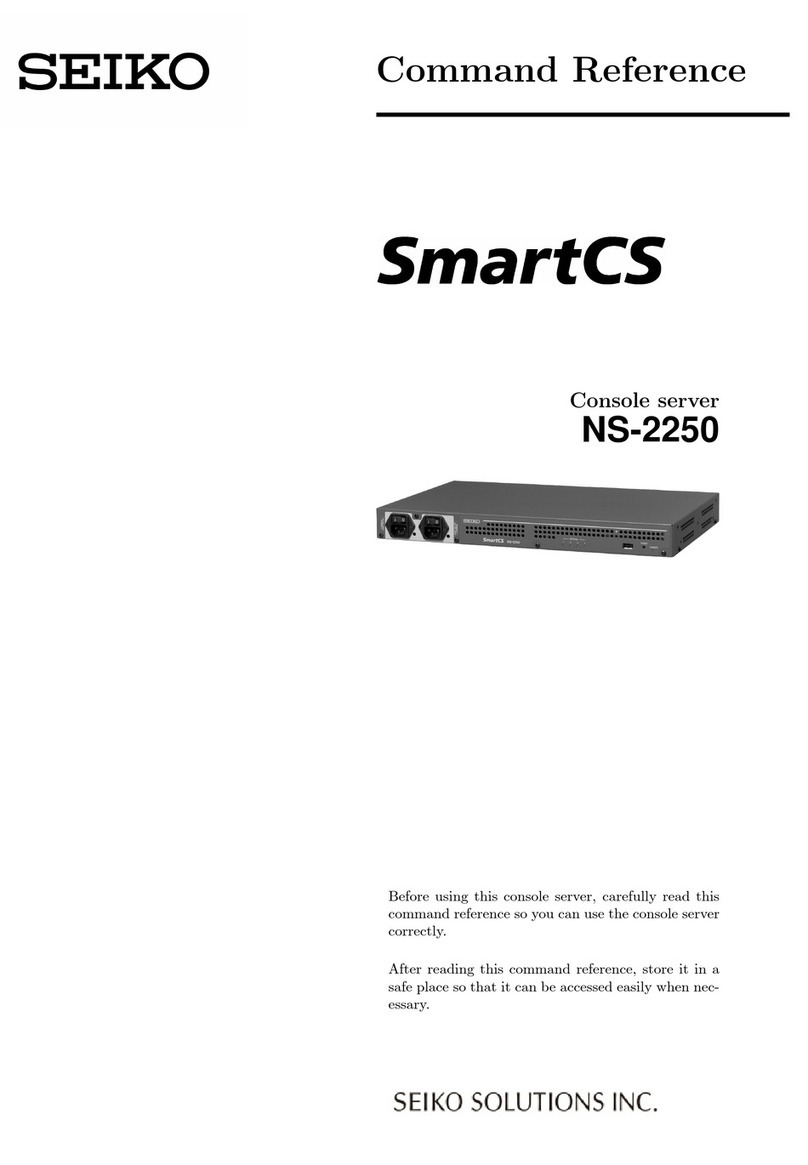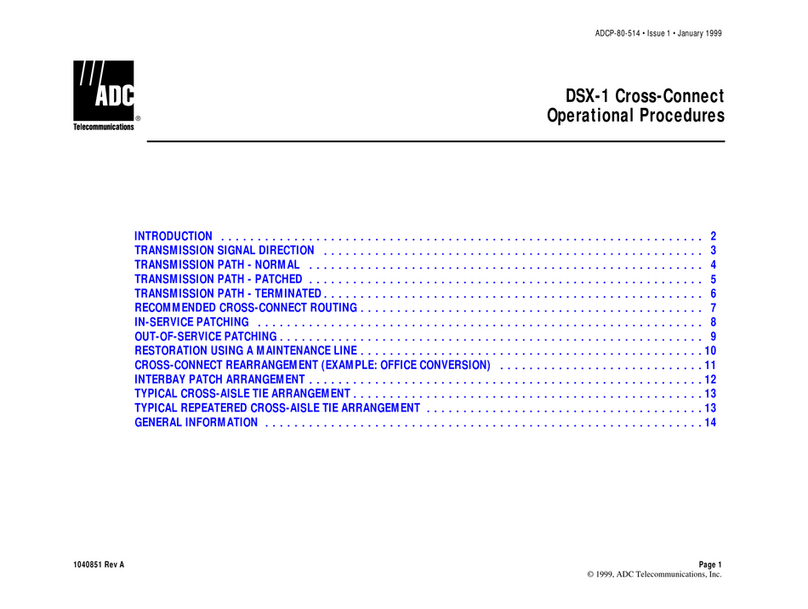
4.1.1.2 Request........................................................................................................ 22
4.1.1.3 Response..................................................................................................... 23
4.1.1.4 Error ............................................................................................................. 24
4.1.1.5 Execution example .................................................................................... 24
4.2 USERS ......................................................................................................................... 25
4.2.1 /users (GET)....................................................................................................... 25
4.2.1.1 Overview ..................................................................................................... 25
4.2.1.2 Request........................................................................................................ 25
4.2.1.3 Response..................................................................................................... 26
4.2.1.4 Error ............................................................................................................. 27
4.2.1.5 Execution example .................................................................................... 27
4.2.2 /users (POST) .................................................................................................... 28
4.2.2.1 Overview ..................................................................................................... 28
4.2.2.2 Request........................................................................................................ 28
4.2.2.3 Response..................................................................................................... 31
4.2.2.4 Error ............................................................................................................. 31
4.2.2.5 Execution example .................................................................................... 32
4.2.3 /users/{username} (GET) .............................................................................. 33
4.2.3.1 Overview ..................................................................................................... 33
4.2.3.2 Request........................................................................................................ 33
4.2.3.3 Response..................................................................................................... 34
4.2.3.4 Error ............................................................................................................. 35
4.2.3.5 Execution example .................................................................................... 35
4.2.4 /users/{username} (PUT)............................................................................... 36
4.2.4.1 Overview ..................................................................................................... 36
4.2.4.2 Request........................................................................................................ 36
4.2.4.3 Response..................................................................................................... 39
4.2.4.4 Error ............................................................................................................. 39
4.2.4.5 Execution example .................................................................................... 40
4.2.5 /users/{username} (DELETE)........................................................................ 41
4.2.5.1 Overview ..................................................................................................... 41
4.2.5.2 Request........................................................................................................ 41
4.2.5.3 Response..................................................................................................... 42
4.2.5.4 Error ............................................................................................................. 42
4.2.5.5 Execution example .................................................................................... 42
4.2.6 /users/login (GET) ............................................................................................ 43
4.2.6.1 Overview ..................................................................................................... 43
4.2.6.2 Request........................................................................................................ 43
































